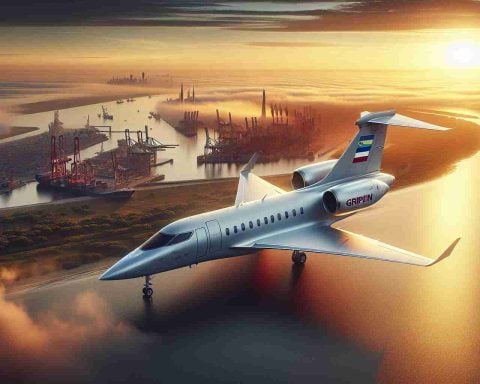In an exciting development for satellite internet users around the globe, Starlink has announced a reduction in the cost of its hardware, while keeping the monthly subscription fee unchanged. This move is set to make its high-speed internet services more accessible to a broader audience.
Starlink, a project of SpaceX led by Elon Musk, aims to provide high-speed internet across the planet, especially in remote and underserved areas. Originally, the company’s hardware kit, which includes a phased-array satellite dish and modem, was priced at a premium due to its cutting-edge technology. However, with economies of scale and advancements in technology, Starlink has managed to lower these costs for consumers.
Previously, the hardware cost for new users stood at $499, but now it has dropped to $299 in several markets. This price reduction is a significant relief for potential customers who were hesitant due to the initial cost. Importantly, the monthly service fee remains consistent at $110, ensuring that users continue to access the service without any price hikes.
With over 4,000 satellites deployed in low Earth orbit, Starlink offers download speeds ranging from 50 to 150 Mbps, depending on congestion and location. The reduction in hardware costs could lead to a broader adoption of satellite internet, providing a viable alternative to traditional broadband, particularly in areas where infrastructure is lacking.
As Starlink continues to expand its constellation and improve its service, the reduced hardware cost marks a strategic effort to increase its user base and make high-speed internet accessible to all.
Starlink’s Satellite Internet: A Revolutionary Step or Just Hype?
In the rapidly evolving landscape of global internet connectivity, Starlink’s recent decision to slash its hardware costs represents not just a financial shift but a potential revolution in technology adoption. While the hardware cost drop from $499 to $299 is newsworthy, let’s dig deeper into how such a move may reshape the world’s digital frontier.
Why is this important for humanity? The adoption of satellite internet like Starlink’s could bridge the digital divide, especially in isolated and impoverished regions. Traditional infrastructures often fail to reach these areas due to cost and logistical challenges. Starlink’s lower costs could catalyse economic development, education, and healthcare in regions previously cut off from the digital world.
Will this drive new technologies? With increased internet penetration powered by satellites, we could see a surge in localised tech developments as communities gain access to global knowledge and collaboration. This integration might spur innovations and uplift educational standards.
Challenges and controversies? Despite the promising prospects, satellite constellations like Starlink’s have drawn criticism over potential space debris and light pollution, which poses hazards to both space exploration and astronomical studies. Environmental groups urge stronger regulations to safeguard our night skies.
The pros and cons? The key advantage is accessibility to high-speed internet in remote areas, which can empower communities. On the downside, sustainability concerns can’t be ignored. Is the trade-off worth it?
The transformative potential of Starlink’s initiative cannot be underestimated, but it also prompts essential questions about how we balance technological advancements with ecological responsibility. For more information, visit SpaceX.


















